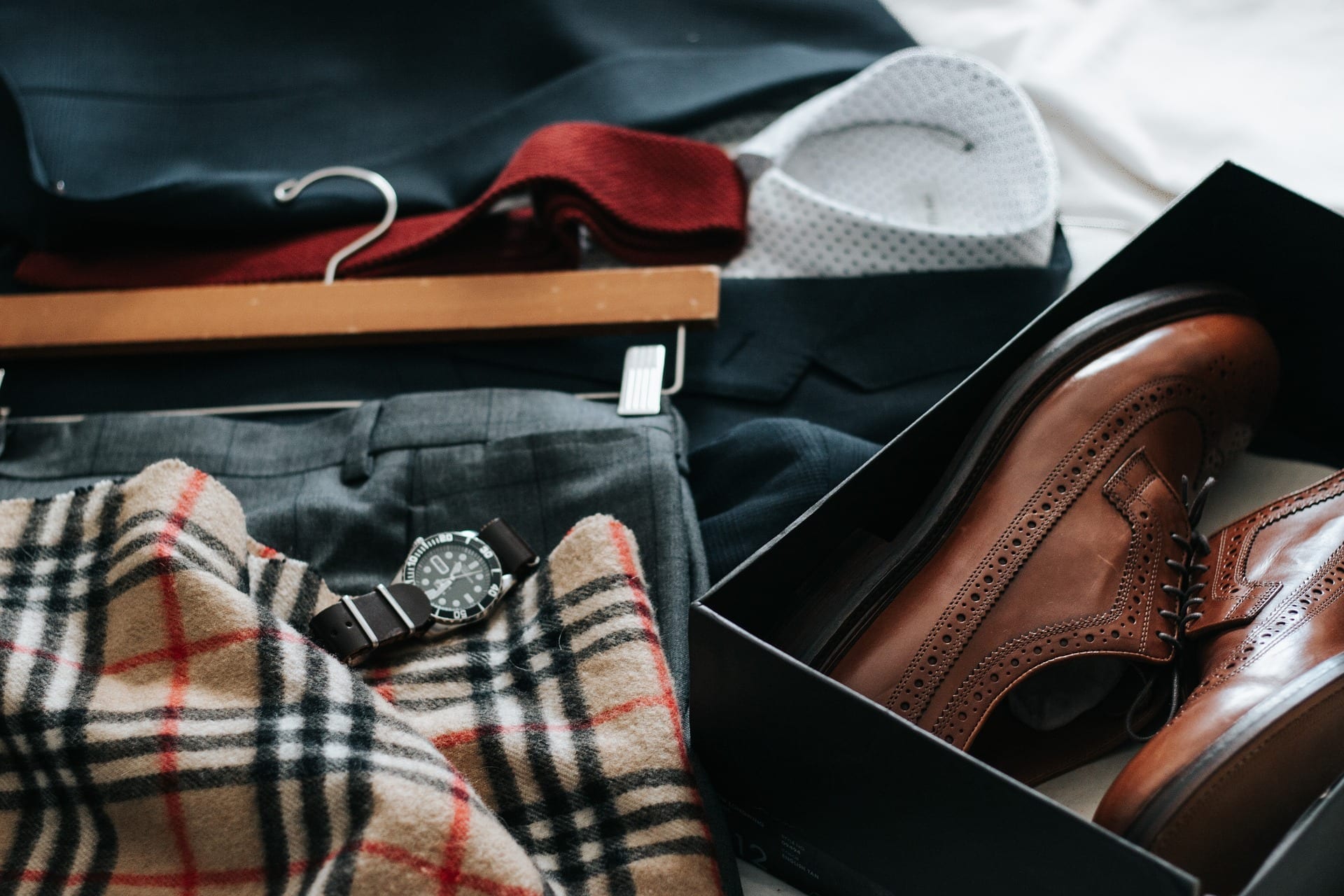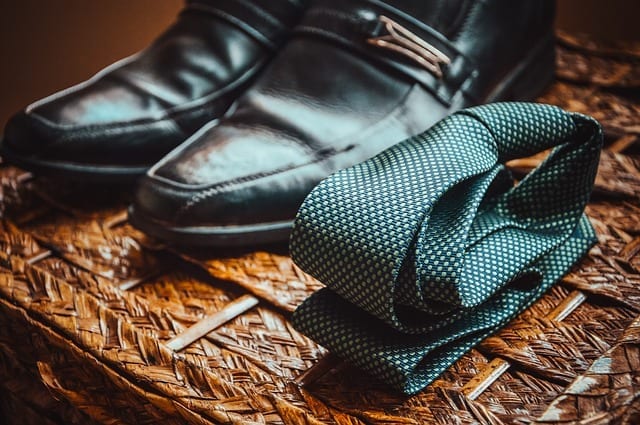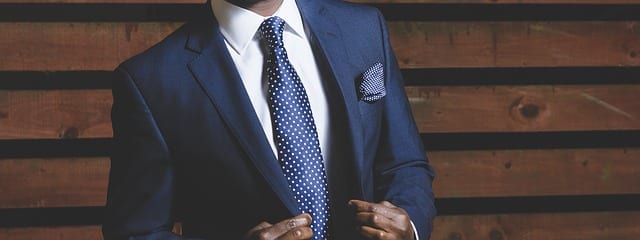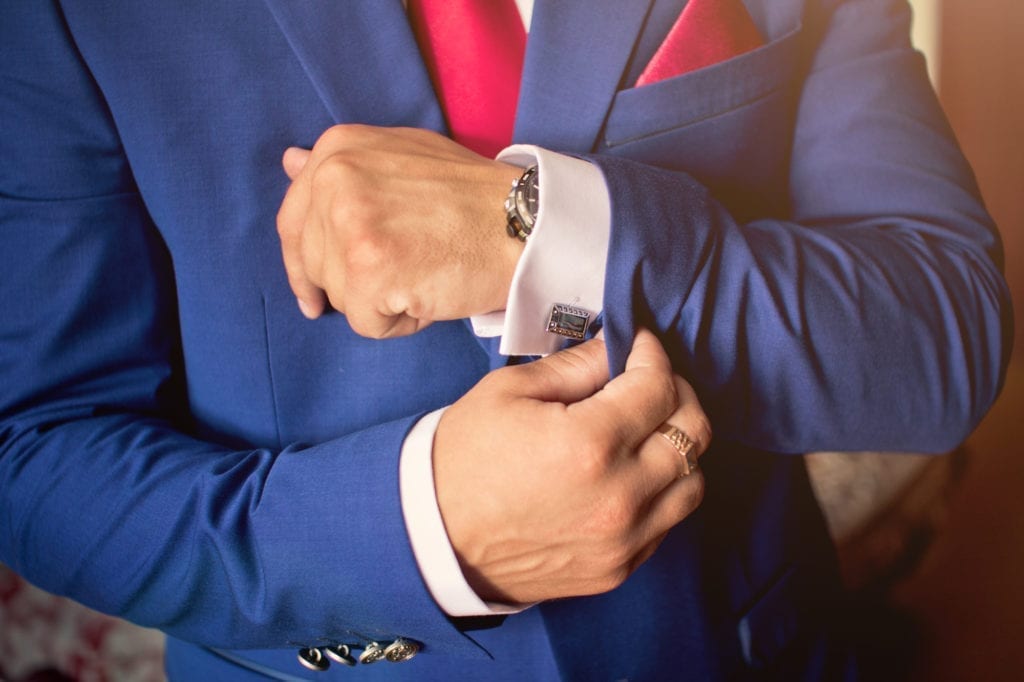
A first impression can either open doors, or slam them firmly shut.
If you’re heading into a job interview, that first impression really does count! In fact, research shows us that factors from clothing style to posture really count when it comes to what people think of us on initial meeting.
This means that you could be the most qualified person for the role, but a poor impression created by your appearance may bias interviewers against hiring you. In today’s connected world, you could be affecting further job opportunities or partnerships too.
It can be nerve-wracking enough going into an interview, so you at least want to know that your wardrobe choices are on-point. Here are some do’s and don’ts of dressing for a job interview:
Know the company first
The very first rule of dressing for a job interview is to know the company first. It’s true that many companies these days do go for a more “business casual” look rather than a complete suit and tie. However, you don’t want to be that person who underdresses!
It’s important to try to figure this out first. It’s usually safe to say that if you’re interviewing for a traditionally conservative industry (for example finance or law), then dressing more conservatively tends to be expected. Classic looks like a suit in a more traditional color is a safe route to take.
On the other hand, being overly formally dressed might not work in your favor in some of the hip startup companies. Some of these companies have a much more laid-back approach to dressing for work.
If you’re not sure, sometimes it’s worth swinging past the office to catch a glimpse of what people coming and going are wearing. You might also call a receptionist and say something along the lines of; “I have an interview at your company next week. I don’t want to be over or underdressed, can you please tell me what people typically wear?”
If you really can’t get an early gauge on typical work wardrobe at the company, then erring on the side of conservative dress is your best bet. People do tend to expect that someone interviewing might be more dressed up than is typical, anyway. If you’re wearing a nice dress shirt and trousers, you can always remove your tie if everyone appears to be more casually dressed.

Choosing a suit
The suit with dress shirt and tie is a classic look for a job interview, but of course not all suits are cut from the same cloth (pun intended). If you have a suit that you’ve worn for every formal occasion in the last decade or so, take a second look at it before donning it for a job interview.
Does it fit well? Is it a “classic” color? Is the style still something that is commonly worn? Suits that are ill-fitting or dated in terms of color and cut are a big “don’t.” The impression you will give is that you only dress up for certain occasions and that you’d probably prefer not to.
Ideally, you should prepare ahead as much as possible before an interview. If you’re going to need to purchase a new suit, it can take a little time to find the one that is right for you.
A tailored suit, made specifically for you is always a preferable option. When you walk into a menswear store in a mall, they have suits on the racks that are made with a standard cut for the “standard” man. How many men are in fact “standard?” Everyone is built differently and a bespoke suit is always going to be the most flattering cut for your own body.
If you’re going to go for the tailored suit, do talk to your tailor and discuss more classic styles with them. A well-cut tailored suit in a timeless style will tend to give you a lot of mileage. A solid, classic color such as navy or charcoal is usually a safe choice, rather than any kind of busy pattern or more seasonal color.
Shirt and tie
Firstly, a job interview is not the place to showcase your loud shirts or unusual patterns. Some style personality is good, but you could either get it totally wrong or be distracting to the interviewer.
A well-cut dress shirt is a must. Tailored shirts are a good choice if you can get them on time, but otherwise, choose a ready-made shirt that fits you well (see our tips for getting the perfect fit).
“Safe” choices for an interview include classic white or a softer blue color. As a general rule, look for a shirt that matches your suit well. You can then match your tie to the shirt and suit. Again, no loud patterns, novelties or dated styles!
With your suit, shirt and tie ensemble together, it’s important to make sure the clothing is cared for to look its best. A definite “don’t” is to wear anything wrinkled, stained or covered in lint or pet hair.
Do take time before your interview to care for your clothing. Iron your garments and use a lint roller to remove any stray bits. It’s the details such as these that can really make you stand out for the wrong reasons.
Shoes for a job interview
It doesn’t matter what the dress code is for the company you are interviewing at; pay attention to your shoes. A good pair of polished, dress shoes will work with a dressed up or business casual outfit.
You might like to choose a style that is versatile between looks, such as a nice pair of leather loafers. Whatever you decide, make sure those shoes are in good condition, clean without scuff marks.
A major faux pas that interviewees make is to put their shoes on as an afterthought, right before they rush out of the door. Your feet may be visible during the whole interview, depending on the format, so you don’t want the interviewer distracted by your dirty kicks!
It should go without saying that sneakers or any other sort of casual shoe are a “don’t.” We’d recommend that even in a business casual environment, you look slightly more dressed up than average for an interview. A good pair of dress shoes will serve you for multiple occasions.
Accessories for a job interview
A popular strategy in a lot of interviews now is to bring in your iPad if you want to be able to show examples of your work. This means you need something to carry it in. A nice leather folio gives a professional look, or, if you have a little more to carry, a leather over-the-shoulder bag is an updated look to the classic briefcase.
Avoid carrying anything that will look less professional, such as a backpack. You’re putting attention into the outfit you’re wearing, so don’t tone it back with the wrong accessories!
Look at how you will coordinate any accessories you wear. For example, wear a belt and socks that are darker, or a similar color to the pants you are wearing.
When it comes to any sort of jewellery, a general rule is “less is more.” Sure, you might want to exhibit some personal style, but excessive jingling or visible piercings may be distracting and, depending on the company, may not send the right impression. (Again, you’ve got to know the company culture first! Many companies are not as particular about things like tattoos or piercings anymore).
Consider the small details. Large, sports watches are much more casual in appearance than a leather or metal banded watch. Leave it out altogether if you don’t have one that looks professional.
Another detail to think about – where are your sunglasses? If you’re coming into the interview with them perched on your head, you’re adding an extra layer of “casual” to your look. Either put them away or leave them in the car.
Final thoughts
Understanding the company you are interviewing for, their culture and their dress expectations is the first important step to dressing appropriately for an interview.
Some companies do have a more casual dress code, however erring on the more conservative side is a good idea if you’re unsure.
Importantly, now that you’ve put effort into choosing a great outfit, ensure that it is presented well. Care for your clothing and keep it looking its best. Wrinkled and dirty create the same bad impression, whether your suit is bespoke or off the rack!




